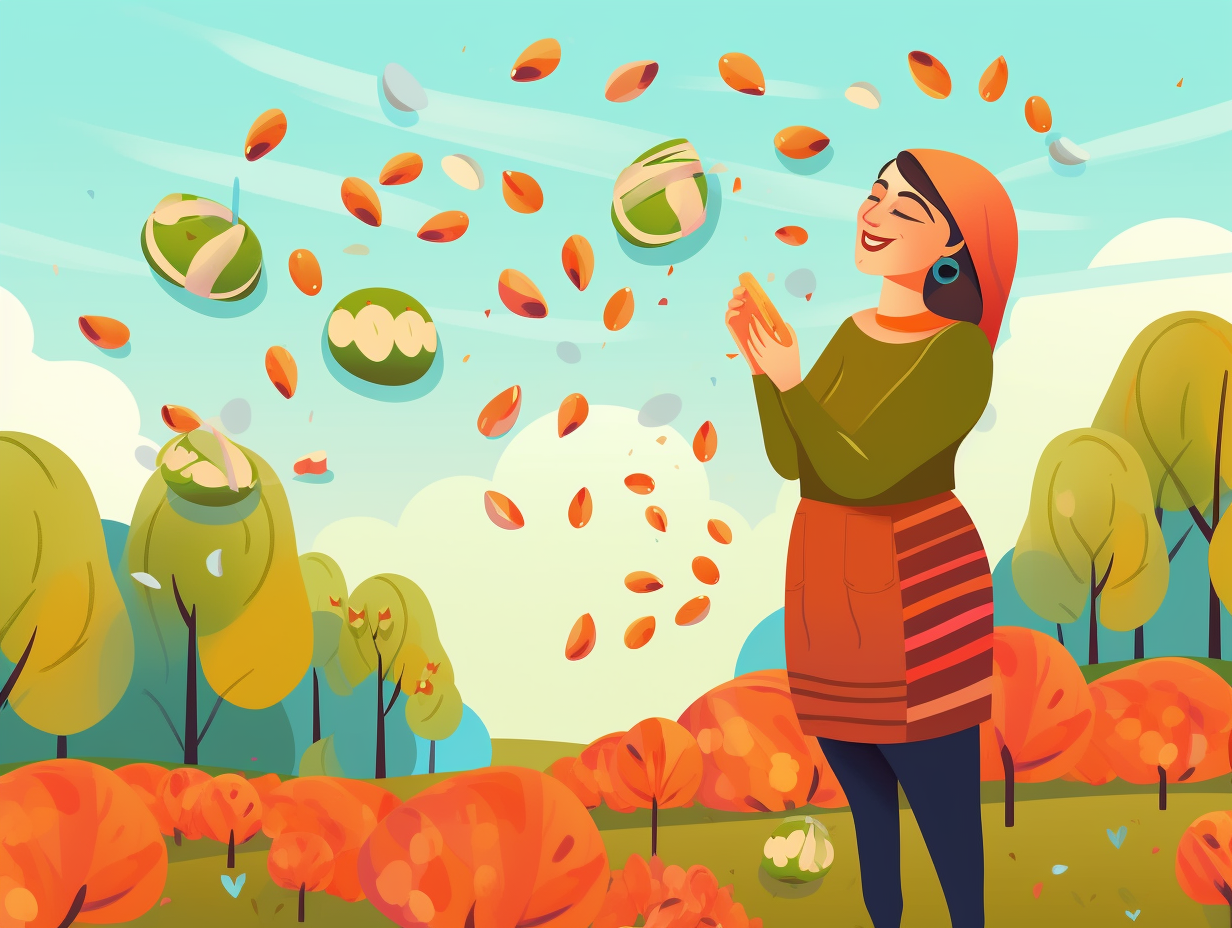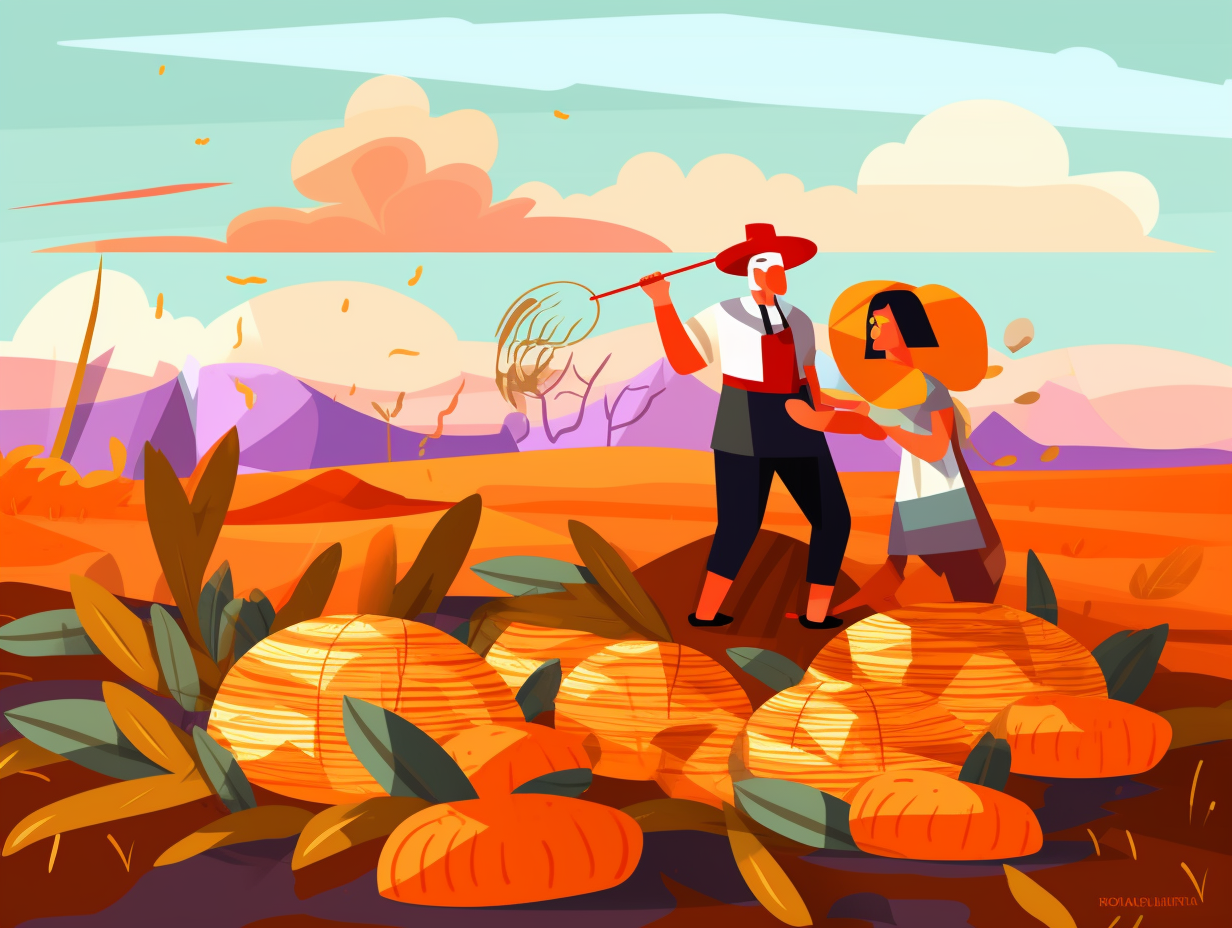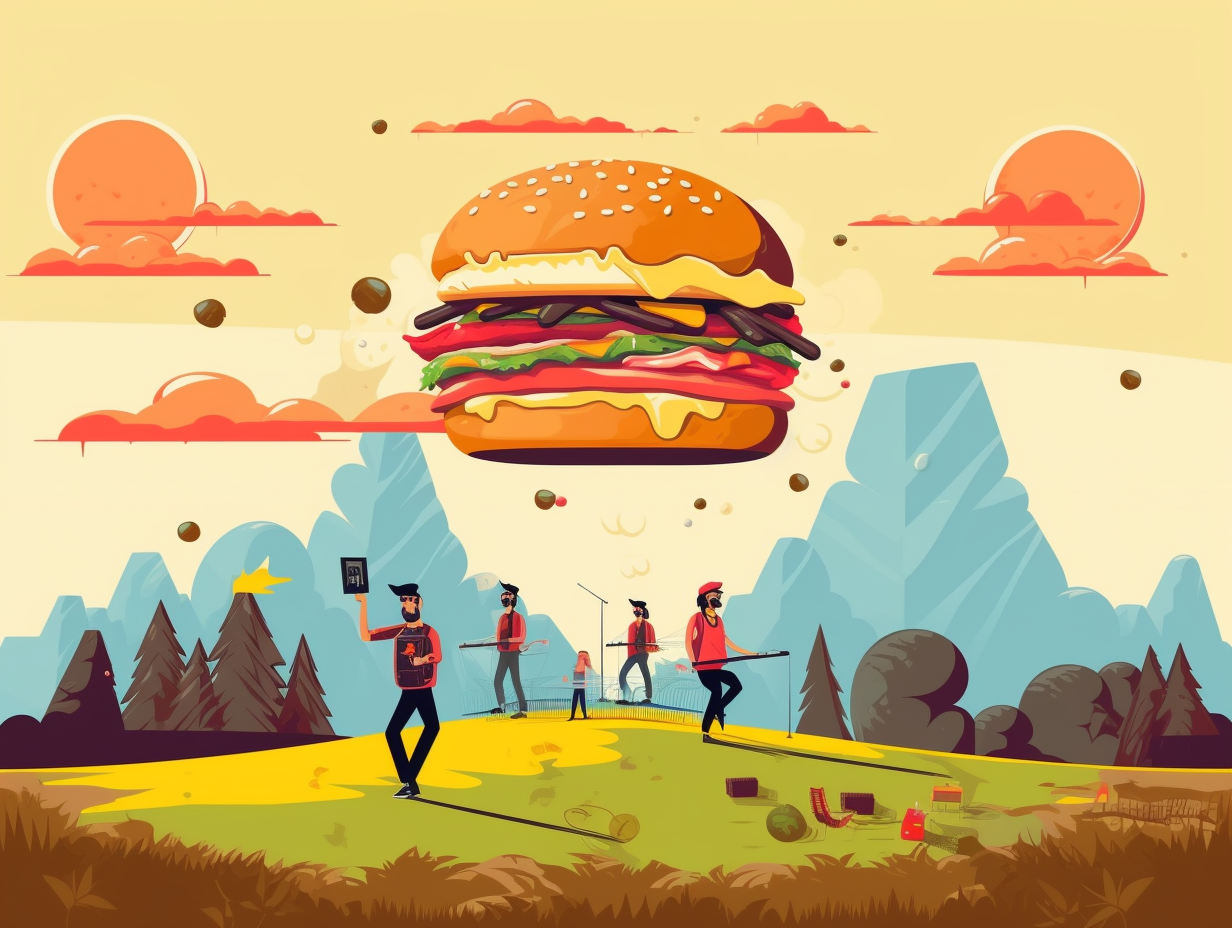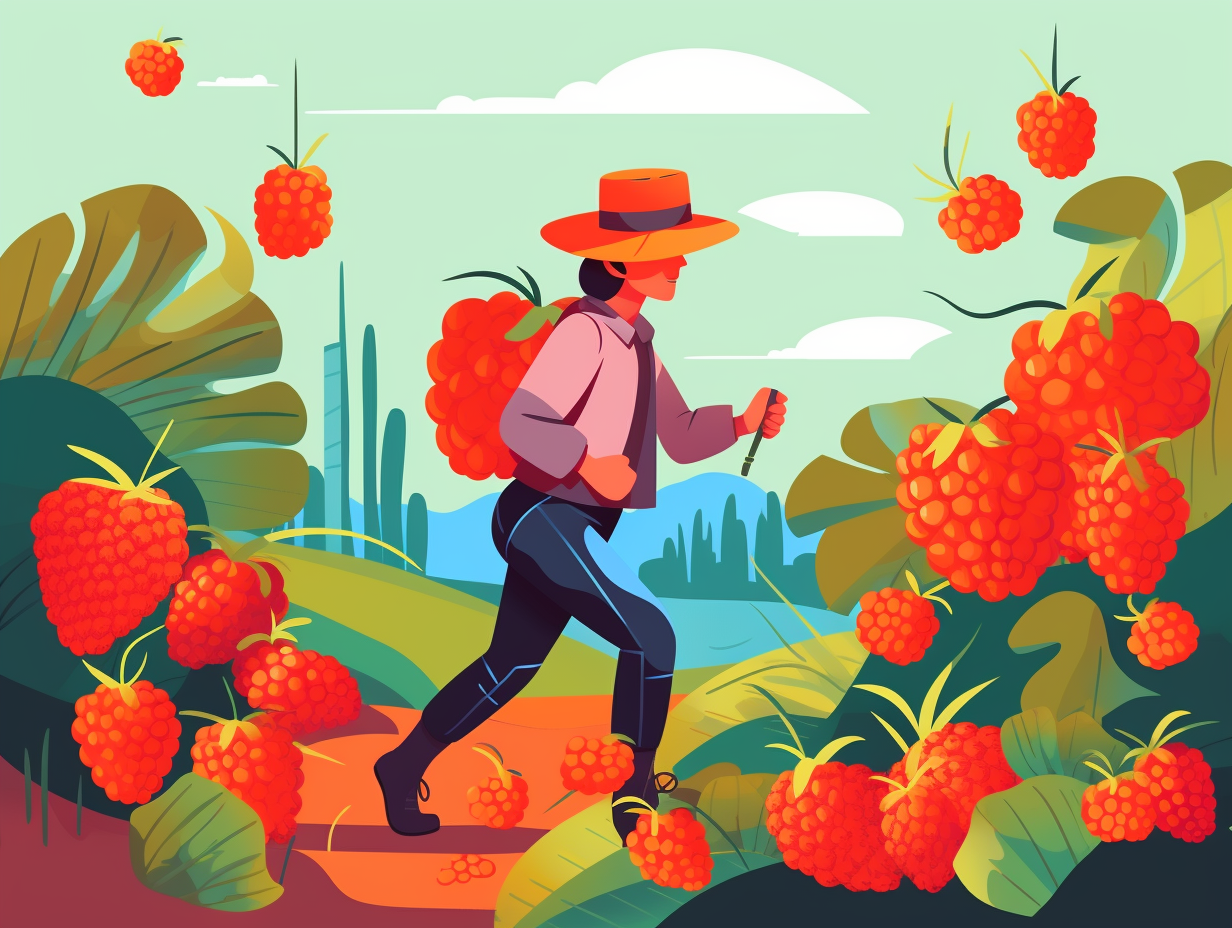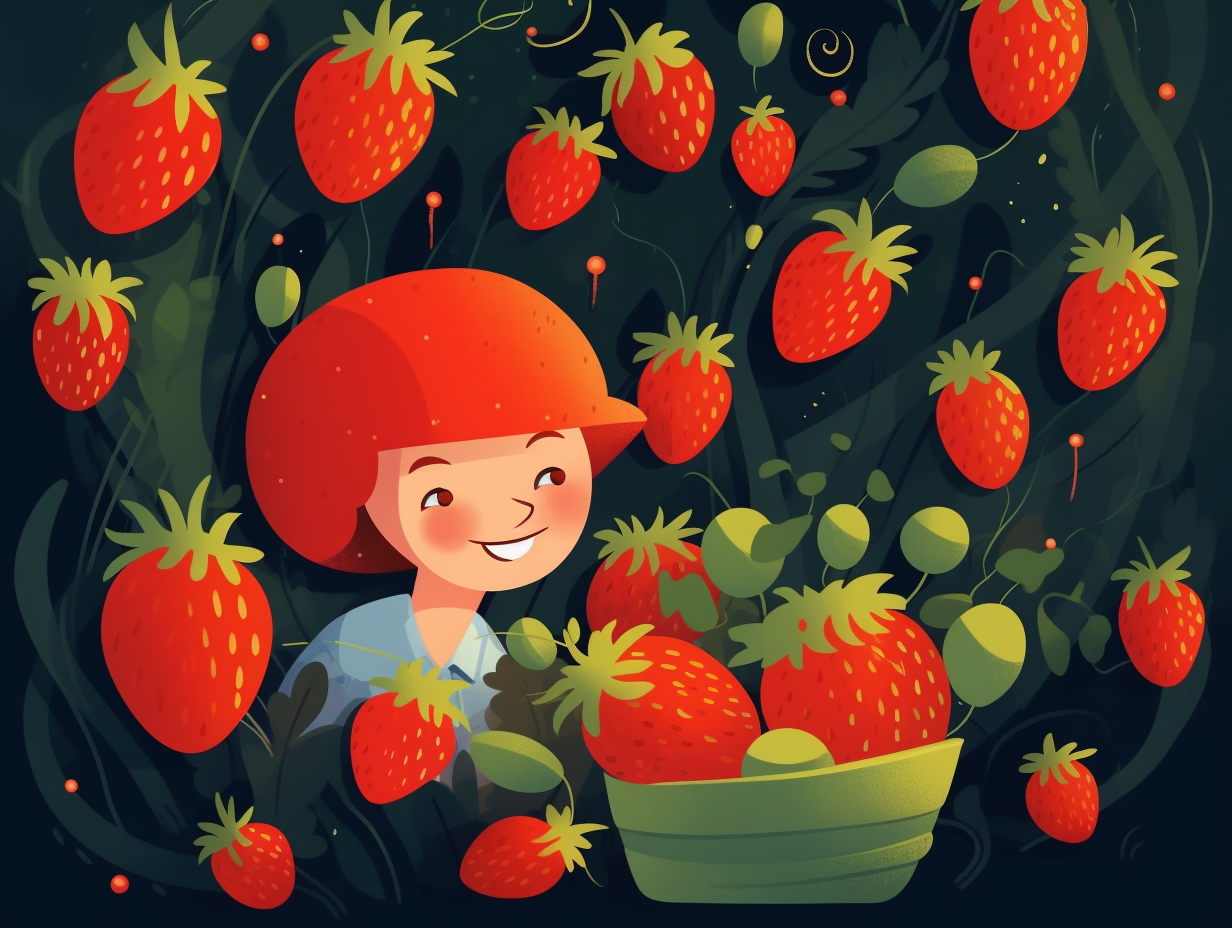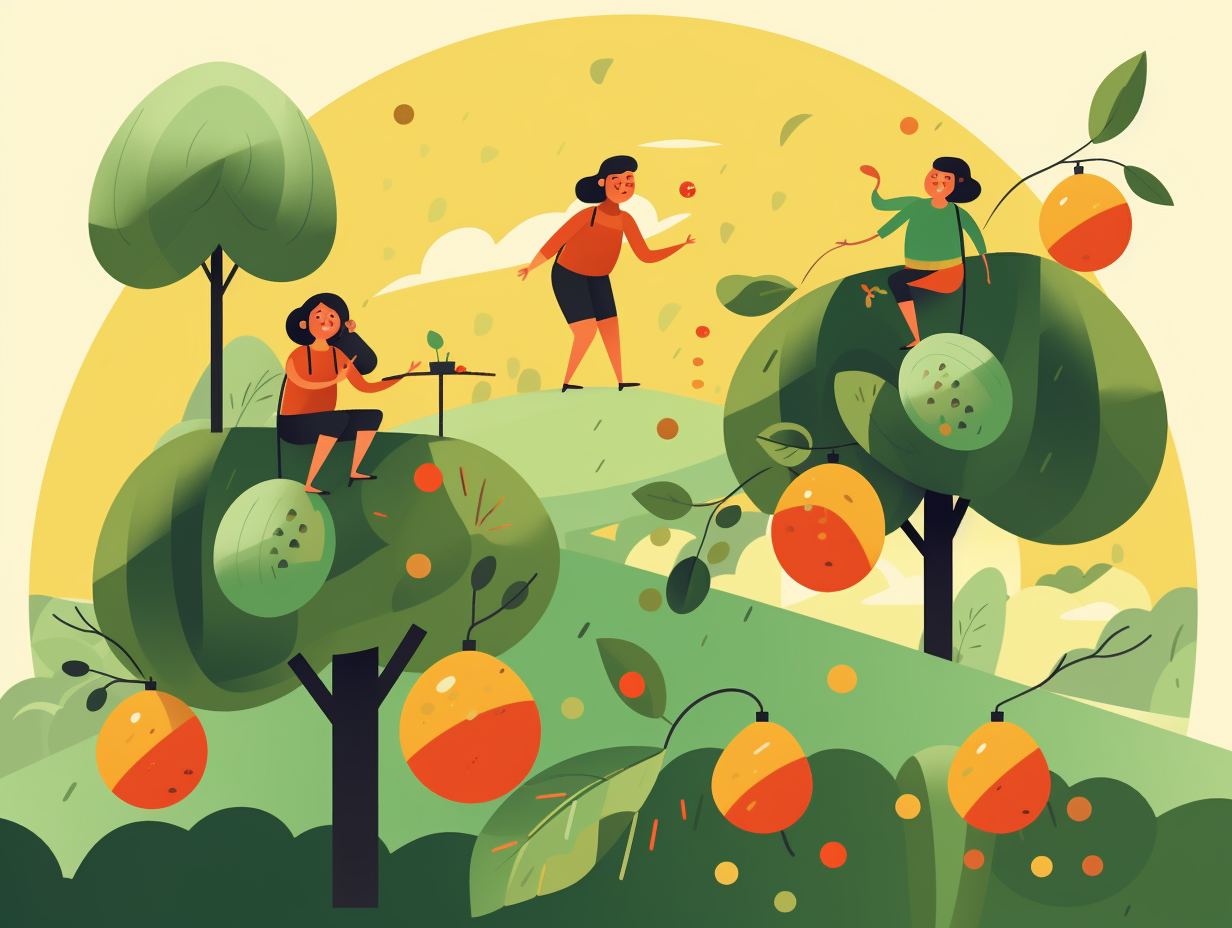Discover the Unbelievable: Top 11 Fun Facts About Grains You Never Knew!

1. Beer as Currency in Ancient Egypt
Who needs a paycheck when you can guzzle down history's favorite currency instead, am I right?: The Ancient Egyptians used to pay workers in rations of bousa, a low-alcohol beer that was a dietary staple and often flavored with whimsical names like "Friend's Beer" or "Iron Beer," and laborers working on the Great Pyramids would receive a daily ration of 4-5 liters.
Source => passtheflamingo.com
2. Grain Trade & Birth of Written Language
Once upon an ancient spreadsheet, in a time when emojis were but clay tokens and "Mesopotamia" was the hip new address: grain trades were tracked using simple-shaped clay tokens, crucial to the birth of written language and possibly bearing the earliest known record of, "Got grains? 😉".
Source => thoughtco.com

Did you know your morning cereal could have inspired a groundbreaking technology? Discover how an Austrian scientist accidentally invented LCD screens while experimenting with cholesterol derivatives!
=> Fun Facts about Rice
3. Quinoa: Inca Empire's Currency
Quinoa: The Chuck Norris of ancient grains, so incredibly valuable that the Inca Empire flipped the script and turned it into their own cash cow! No, really: Quinoa was once used by the Inca civilization as currency and even exchanged as gifts to Spanish conquistadors, who in turn gave them horses and cattle for transportation and labor.
Source => antiquitynow.org
4. Oats: The Superhero Breakfast
Oats, the breakfast of superheroes: the humble oat grain is a miniature triple-threat, with its outer bran layer packed with fiber and nutrients, a middle starchy endosperm full of carbs and proteins, and a germ serving as the nutrient-dense sidekick filled with minerals, vitamins, and antioxidants. A tasty team-up ready to fuel your day!
Source => newfoodmagazine.com
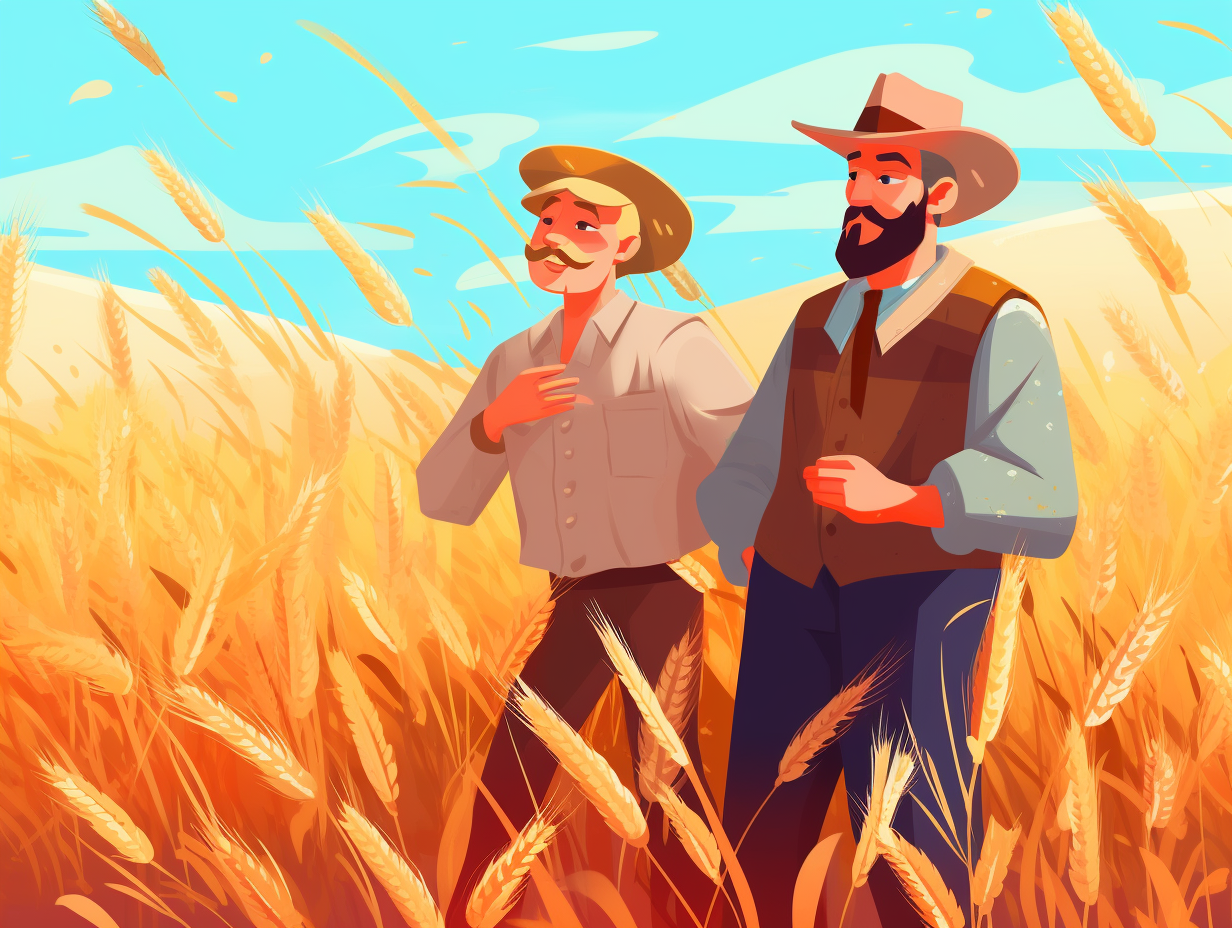
5. Sorghum: The Overachiever Grain
If sorghum were a high school student, it would be the overachiever who excels in sports, academics, and secretly moonlights as an eco-friendly superhero: this versatile grain is not only an important food source in Africa and India but also contributes to animal feed, biofuels, and ethanol production in the US, while innovatively sneaking into the biodegradable packaging industry with its non-conductive properties.
Source => agmrc.org
6. America's Corn-based Ethanol Industry
Corn you believe it? The United States is practically drowning in a sea of ethanol, and it's all thanks to those seemingly innocent, golden kernels: Over 90% of US ethanol is produced from starch-based crops like corn, using either dry-milling or wet-milling to ferment it into ethanol—along with some handy co-products like distillers grains and corn oil. And while grass, wood, and crop residues can also be transformed into ethanol via a more complex biochemical or thermochemical process, corn reigns supreme. Primarily produced in the Midwest due to its "cornvenient" location, ethanol mostly travels by train or truck to fuel terminals where it gets blended into fuel trucks.
Source => afdc.energy.gov
7. The Puffed Rice Workout
Next time you're puffing away at the gym, spare a thought for rice grains that get the same treatment for our munching pleasure: Puffed rice, known as murmura in India, is a key ingredient in popular tea-time treats like bhel puri, murmura mixture, and chivda. Oven-roasting these airy flakes keeps them crispy for extended periods, allowing them to shine as delectable snacks like South India's Karam Borugulu, spiced-up with curry leaves and seasonings. Swapping fried nibbles for these crackling delights promises both flavor and freshness that linger for weeks!
Source => madhuseverydayindian.com
8. The Resilient Barley Grain
From frostbitten tundras to scorching deserts, wherever there's an extreme Barley's Angels, there's our feisty little grain superhero – the barley: Being versatile and resilient, barley prevails as a staple food source around the globe with developing countries contributing to 18% of its production and 25% of the harvested area. Not just famous as livestock feed and beer's best friend, barley fueled ancient Roman gladiators before battle showdowns too. Currently, this mighty grain is helping genetic breeders develop hardier, disease-resistant varieties.
Source => croptrust.org
9. Millets: Drought-Resistant Heroes
Move over, Aquaman: Millets are the true heroes of drought-prone regions! These versatile crops can grow in a variety of environments and need lesser water, fertilizer, and pesticide than other grainy sidekicks: Millets are perfect for arid regions like Africa's Sahel, but they don't exactly throw a pool party when temperatures rise over 100°F, as their optimal growth conditions still demand a more moderate climate.
Source => apnews.com
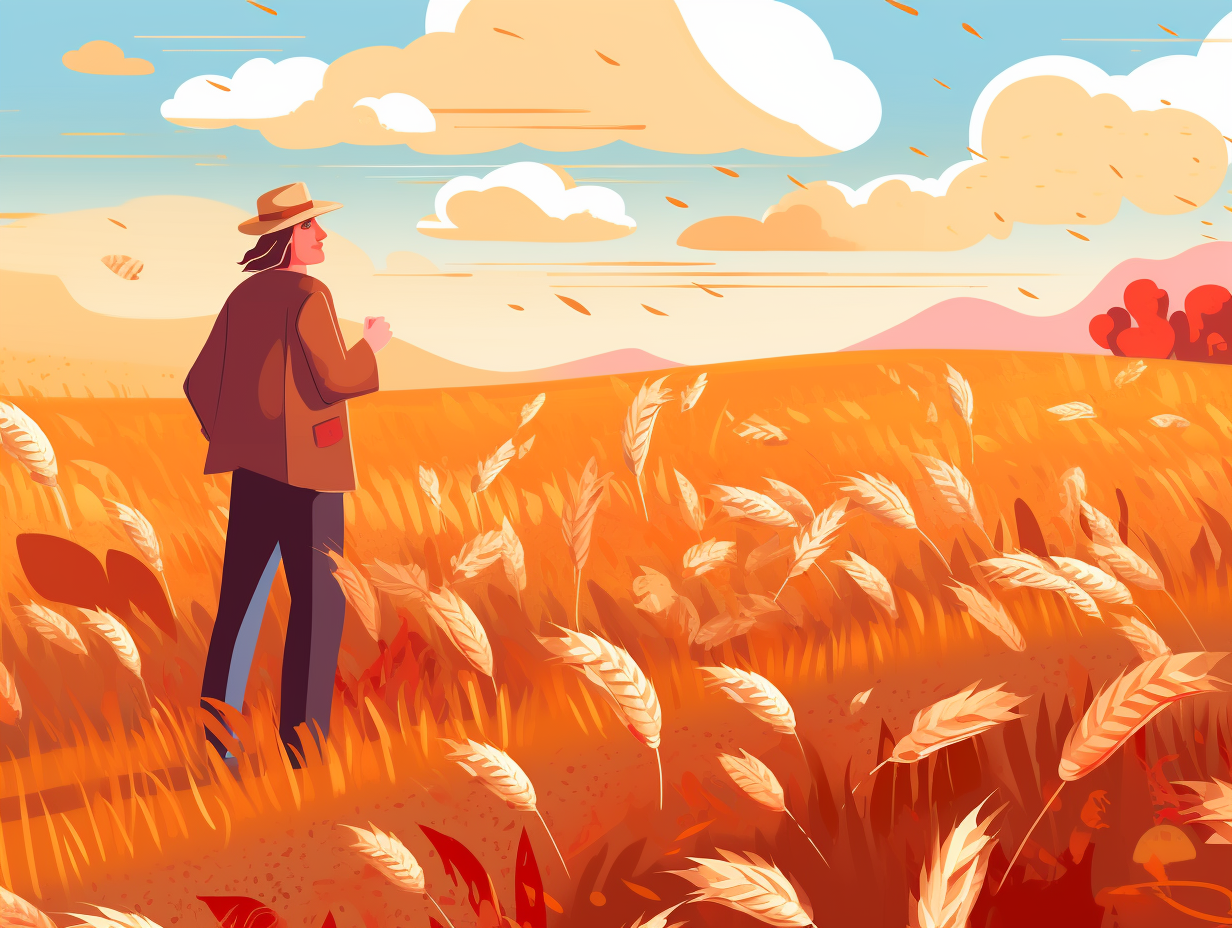
10. Buckwheat: Grain Impostor & Nutritious Seed
Once mistaken for knotted sorrel's rebellious cousin, ol' Bucky decided he'd rather party with the grains and bake into delicious soba noodles: In reality, buckwheat is not a true grain, but a gluten-free seed from a plant family related to sorrel and knotweed, packed with protein, essential amino acids, minerals, soluble fiber, and antioxidants, making it a nutritious and versatile food enjoyed for over 8,000 years.
Source => lovingearth.net
11. Rice Fields: Aquatic Creature Havens
Next time you're watching The Little Mermaid, keep an eye out for Ariel's fishy friends in the rice fields: The Tonle Sap region in Cambodia is home to a staggering 158 different species of fish, making rice field ecosystems key habitats for many aquatic creatures.
Source => sciencedirect.com
Related Fun Facts





